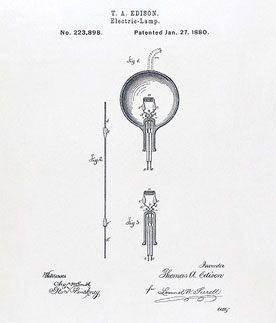
Light is one of our most important energy needs. Historically—before the advent of electric lighting—the need for illumination governed architecture. Buildings were designed to facilitate natural daylighting. My office is in one of the old Estey Organ buildings on Birge Street, built in the late 1800s; it’s just 28 feet wide, allowing natural light from the windows to reach fully into the building.
Long before Thomas Alva Edison invented the incandescent light bulb in 1879, other forms of lighting had had a major impact on human culture. The first artificial lighting dates back tens of thousands of years, to when our ancestors illuminated their caves with torches. Animal fat (tallow) and beeswax candles provided a scaled-back version of the torch. As early as 70,000 years ago, early humans filled hollowed-out rocks or shells with animal fat and used moss wicks to burn that fat. By the 7th Century, B.C., the Greeks were making terra cotta oil lamps that were a much safer alternative to the torches that they had previously used. (The word “lamp” comes from the Greek “lampas,” meaning torch.)
In America and much of the Western World, whale oil was a major lighting fuel from the early 1600s through the mid-1800s. It was clean-burning and could be harvested from whales as a liquid by the barrel-full without requiring rendering, as was required in producing oil from animal fat. By the 1840s, though, New England’s highly efficient whaling fleets, such as those out of Gloucester and Nantucket, Massachusetts, and Newport, Rhode Island had taken a toll on the world’s whale population. Some species, such as the right whale (so named because of the ease of killing the animal and harvesting its oil), were on the verge of extinction, and whaling was requiring greater and greater investment for less and less oil—somewhat akin petroleum today.
Gas lighting, which helped to usher out the age of whale oil, was invented by British engineer William Murdoch in 1792. Murdoch experimented with different types of manufactured gas and settled on gas produced from coal as the most practical. Coal gas is a product of coking operations in which the coal is heated and a mix of gases, including methane, hydrogen, and carbon monoxide, is given off. During much of the 1800s, coal gas plants were common in Europe and the United States, and the gas was distributed through networks of pipes. Locally, the Brattleboro Gaslight Company, near the current Riverview Restaurant, operated from around 1860 until the early 1900s, supplying coal gas throughout the downtown area.
Unfortunately, the piping and open combustion of coal gas was dangerous—both from explosions and from carbon monoxide poisoning. In Brattleboro, for example, problems with leaks in the gas lighting system in a new hotel on Prospect Street killed two people and led to the hotel being condemned and torn down.
Kerosene emerged as a lighting fuel around 1860, offering a liquid fuel that was more portable and safer than coal-gas. Before the Rural Electrification Program brought electricity to rural communities in the 1930s and ’40s, kerosene lighting remained the dominant light source in many parts of the country.
Electric lighting eliminated the need for kerosene, whale oil, or gas wherever electricity was available, providing a much more convenient and safer way to illuminate buildings and streets. Indeed, Edison’s invention of the practical incandescent light bulb was one of the most significant inventions in history, and this form of lighting remains the most common technology used in homes today.
Incandescent lighting works when a current of electricity flows through a very thin, tightly coiled tungsten wire filament in a sealed glass bulb. The filament heats up and glows or “incandesces.” The light given off by that incandescence is what we read by. Despite a few refinements over the years, the incandescent light bulb today is still nearly identical to Edison’s invention.
Unfortunately, incandescent lighting is not very energy efficient. Approximately 90% of the electrical energy is converted into heat rather than light. In the next few weeks I’ll describe various other lighting technologies that are more energy efficient, including fluorescent lamps, high-intensity discharge lamps, and light-emitting diodes (LEDs).
Weekly Newsletter
Get building science and energy efficiency advice, plus special offers, in your inbox.





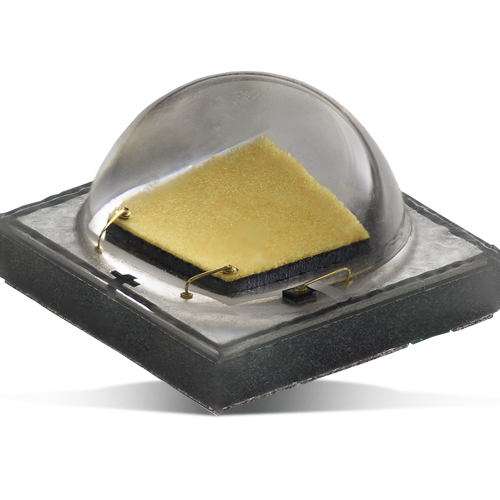
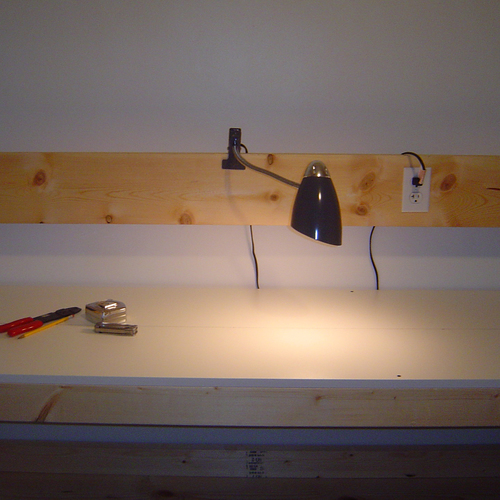
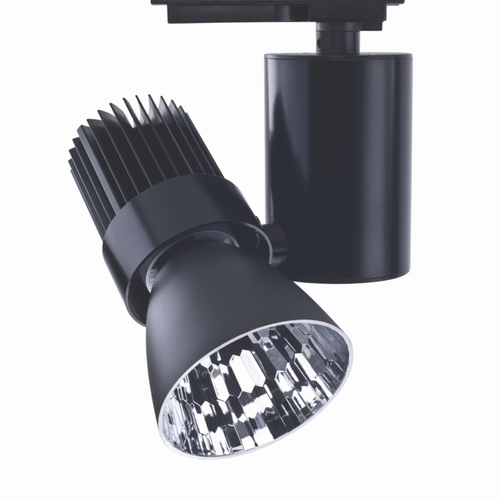
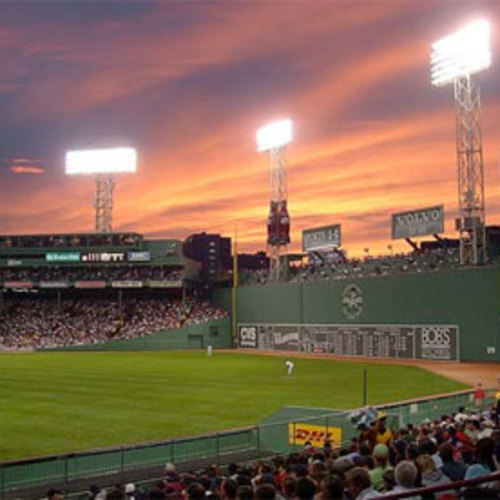






One Comment
History of lighting
Cool topic - I love thinking about how people managed before we had such modern conveniences.
Log in or create an account to post a comment.
Sign up Log in